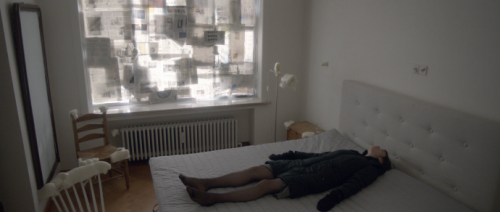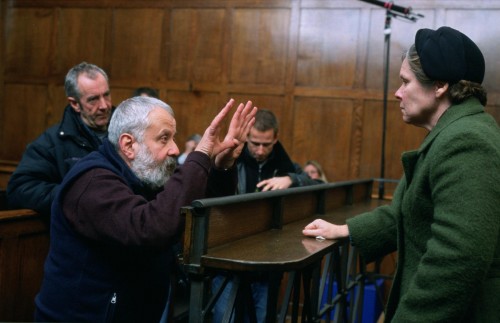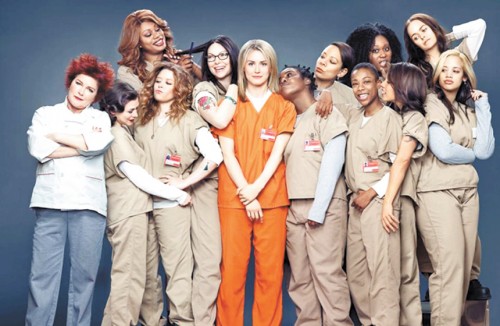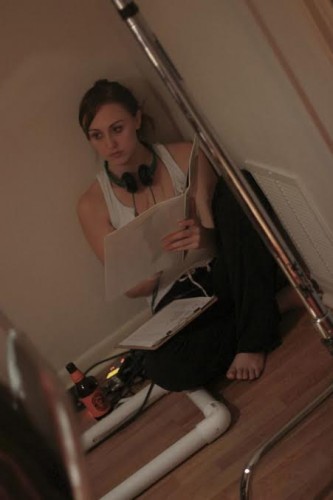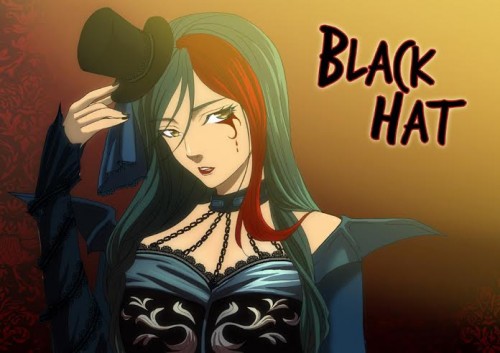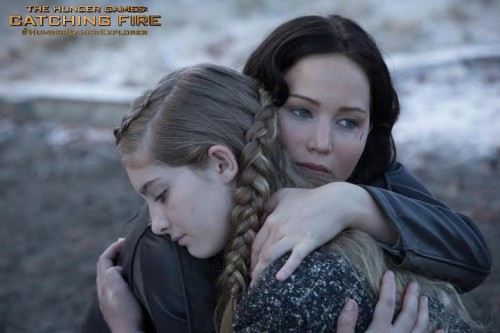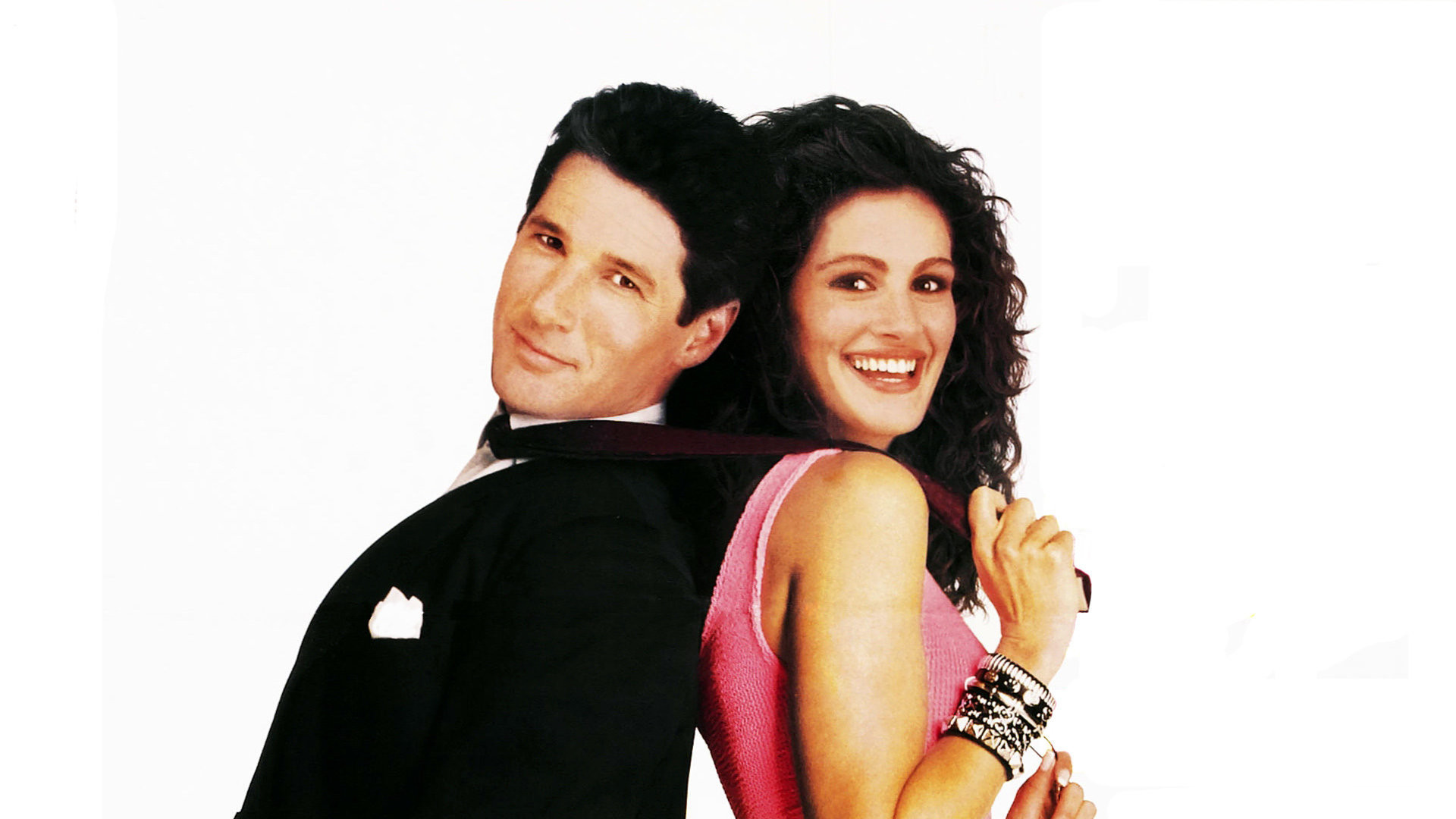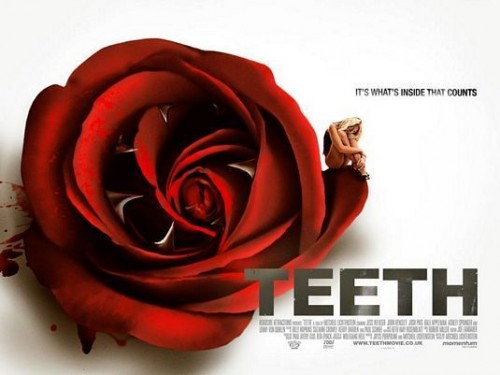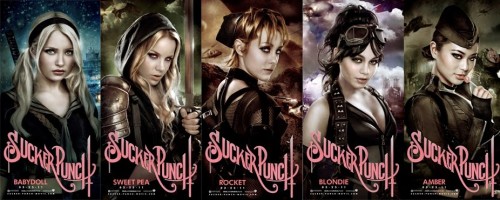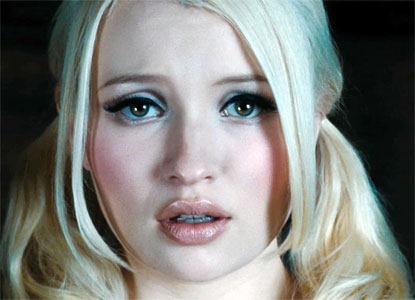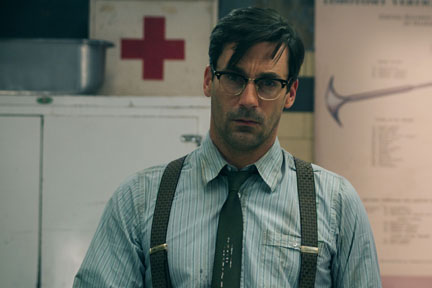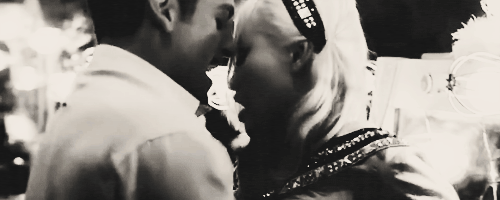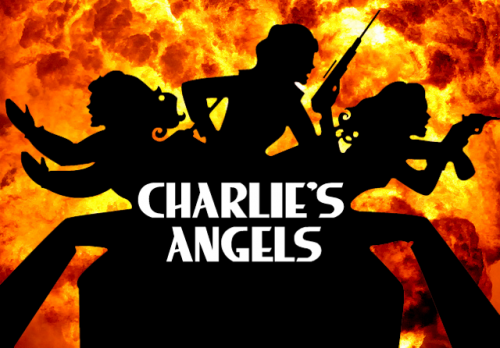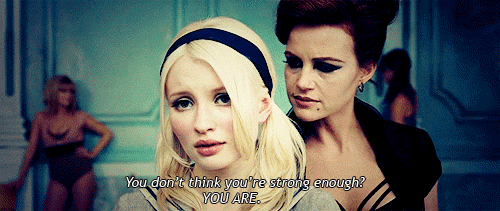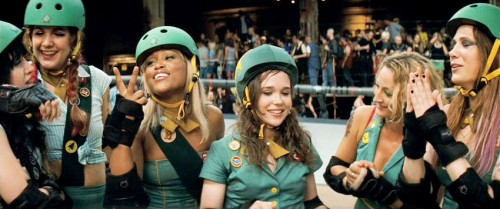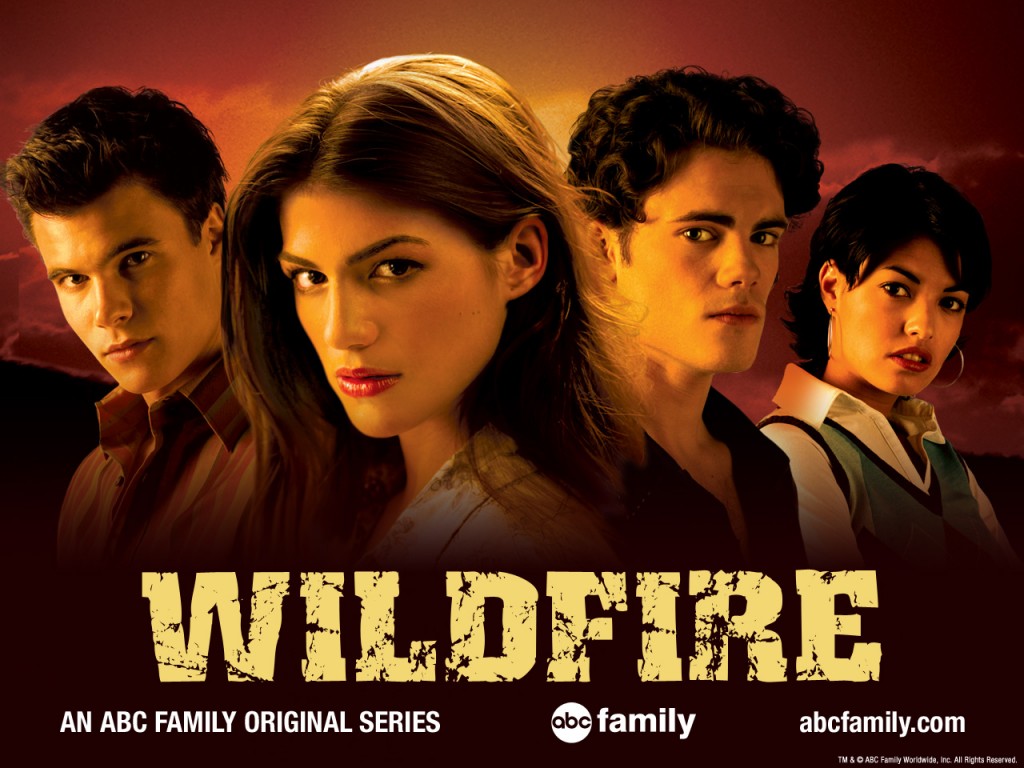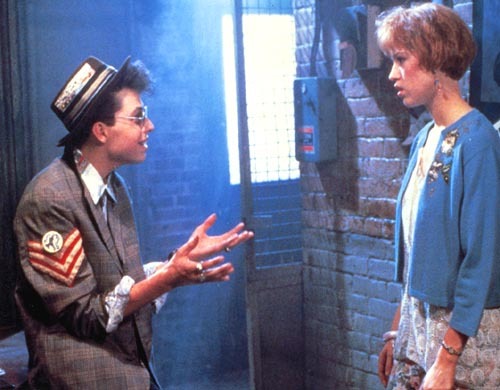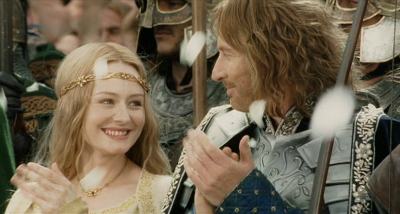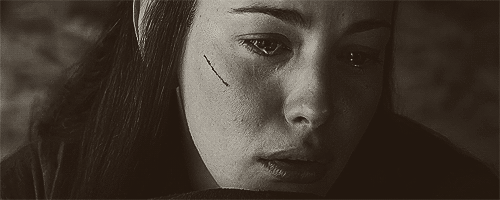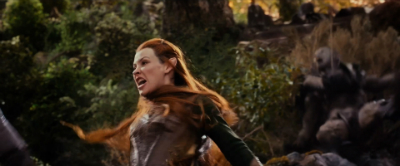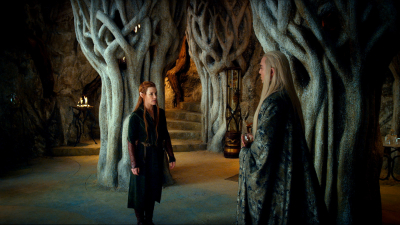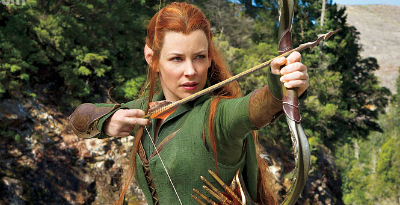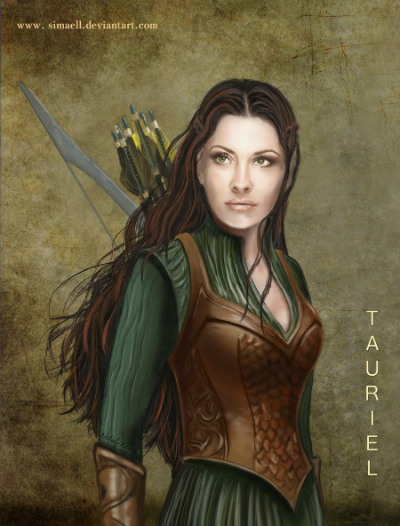This guest post by Emily Gaudette previously appeared at Bitch Media and is cross-posted with permission.
In the two weeks before the theatrical release of Lars von Trier’s Nymphomaniac: Vol 1, I watched every film von Trier has ever written and directed. This included the three hardcore pornographies produced by his company Zentropa. I will neither confirm nor deny whether the porn films are successful in their intent.
Some of von Trier’s films are moody and lyrical (Melancholia, Breaking the Waves), and others are gory and severe (Antichrist). Some are musicals (Dancer in the Dark) and others have a noir aesthetic (Europa trilogy). What binds von Trier’s work together is the sense that he’s just experimenting with different variables. Nymphomaniac’s protagonist Joe—played in the present by Charlotte Gainsbourg and in flashbacks by Stacy Martin—simply throws ideas about her sexual desire against a wall to see if anything sticks. She recounts the events of her life to Seligman (Stellan Skarsgård), an academic who finds her unconscious in the film’s opening sequence. The film doesn’t hammer home a central message on female sexuality or even nymphomania, but I’d wager that we’re better off without films making a monolithic message on female sexuality.
von Trier’s films tend to be more literary and nuanced than most critics will admit. Yes, a woman’s clitoris is sliced off in Antichrist, and yes, I shrieked watching it and had to pull my sweater over my head. But the film is a four-part funeral pyre for a dead child whose parents cannot cope with their guilt. There’s so much more at work in Antichrist than the infamous, bloody pair of garden shears (featured prominently on promotional posters). Selling films like Antichrist as torture porn is a disservice to the full text. It’s true that von Trier is obsessed with dark sex acts; in fact, his explicit images of intercourse in 1998’s The Idiots are cited as the genesis of non-simulated sexual films like Catherine Breillat’s Romance (1999) and Vincent Gallo’s The Brown Bunny (2003). However, the classification of these films as “porn” is questionable, especially since the actual pornography affiliated with von Trier’s company differs in tone from his other films. Sex doesn’t have thematic weight in films like Pink Prison (1999), which German Cosmopolitan calls “the role model for the new porn-generation.” I’m not entirely sure what a porn-generation is, but I’m pretty sure I belong to it now that I’ve seen the Zentropa movies.
But what do we do with images of people entering each other on screen, as they do over and over in Nymphomaniac, if these scenes are not intended to arouse us? von Trier’s intent can feel murky in many of his projects (I still don’t know what Europa was about), but the objectives in Nymphomaniac: Vol 1 feel less complex.
I’d like to identify a gaping disconnect between the actuality of Nymphomaniac: Vol 1 and the way it was marketed. The film’s posters feature each of the film’s stars in mid-orgasm. One might assume looking at them that Nymphomaniac is just about a bunch of white people cumming all over the place. There’s even a poster of Christian Slater, who heartbreakingly plays Joe’s father in flashbacks. To my great relief, he doesn’t play a sexual role in Joe’s life, unless you subscribe to Freudian readings of desire (to which I say, “stop doing that”). Considering Uma Thurman’s role as an emotionally ravaged mother and wife, her poster image (shot from above) isn’t logical, or even helpful. In fact, most of the players in the film don’t engage in sex—their personal issues are too emotionally crippling. This discord in tone is the kind of information I would have appreciated before I walked into the theatre gripping my popcorn carton with anxiety. I assumed I was about to watch a grim, brightly-lit orgy featuring actors like Stellan Skarsgård, with unapologetic shots of penises abounding.
As it turns out, Nymphomaniac: Vol. 1 is delicately told with both humor and sentimentality. Granted, we are given a rapid sequence of tight close-ups on male genitalia which lasts several minutes, but Gainsbourg’s detached voiceover makes the whole thing feel comical. In fact, we view all the sex acts through Joe’s curious, discerning lens. We’re not just looking at the life of a sex addict, but instead at the intertextual experience of a specific woman who feels she is addicted to sex, but not love. Joe recalls significant moments in her life and analyzes them; in one instance, she wonders why her virginity was taken in a number of thrusts equal to numbers in the Fibonacci sequence.
Notably, after Joe has considered the golden ratio as a metaphor for her sex life, she says simply, “it hurt like hell” to signify the end of her analysis on the matter. There is a quiet poetry in what von Trier does with seduction in Nymphomaniac. In one scene, we see Joe fellating a penis, preceded by a beautiful sequence in which Joe perceives men on a train as fish in a river. As each man looks up to regard Joe in her shiny red hotpants, his face is illuminated with overlaid footage of running water and long, rippling weeds.
Interestingly, Joe maintains agency in her sexual experiences almost 100 percent of the time. In one sequence, she has sex with three young men in split-screen and tells each of them that they’ve figured out how to give her an orgasm for the first time in her life. It’s clear that this is not true.
Though the New Yorker calls Nymphomaniac a “joyless sexual tantrum,” there are distinct glimmers of happiness littered through the film. As a child, Joe runs bathwater onto the floor, and she and her best friend B (played later by Sophie Kennedy Clark) pretend to be frogs, sliding back and forth on the wet tile, laughing. Joe closes her eyes intently, clearly enjoying the sensation of rubbing her body against the wet surface, and sunlight streams into the bathroom. There is playful, childlike joy here, and the scene is not filmed in a predatory manner. In fact, when the New Yorker’s Richard Brody writes, “the average male art-house viewer emerges from the first part of Volume I filled with the pleasant idea that there are young women out there—young, pretty, sleek, and determined—who will suck him off in a random train compartment even though he’s forty,” he seems to discount the reaction of more than half the film’s audience. The problem is, the conclusions of art-house dudes aren’t relevant in Nymphomaniac. I’d point to the scene in which a young Jerôme takes Joe’s virginity upon her request, painfully and without concern for her pleasure. Before she hobbles outside, she makes a small adjustment on the motorbike Jerôme is attempting to fix, apparently solving his problem. Later, as adults, Joe and Jerôme argue about a parking space which only Joe is able to get into. Jerôme is visibly frustrated in both scenes, but Joe doesn’t seem to care.
The power in Nymphomaniac has nothing to do with any male character’s reaction to Joe; in fact, we never see any of her partners for more than a few moments on screen, discounting only Jerôme, the man she says she loved. von Trier instead fills the film with weighty female characters like B, Mrs. H, or the other young women in Joe’s sex-without-love cult, which calls itself the “little flock.” I felt genuine joy hearing the little flock’s chant: “mea vulva, mea maxima vulva.” Joe builds her personal, erotic mythology in disregard of any man’s opinion. When she is unable to discount the emotions of male characters in her life because of her connection with them, she reevaluates her ethical framework to fit them in. The film’s whispered refrain seems to haunt Joe: the secret ingredient to sex is love.
I’d argue that Nymphomaniac: Vol 1 is one of von Trier’s most sentimental projects, and I’d point critics to Joe’s meditation on love as an example. She remembers masturbating on a public bus, looking desperately for details on her fellow passengers to remind her of Jerôme. When Jerôme returns to the narrative, pulling Joe to him from above as he does in an earlier scene, Seligman interrupts the flashback and calls the whole situation unbelievable and ridiculous.
“Ask yourself how you’ll get more out of my story,” Joe says. Does Seligman have to believe every part of Joe’s narrative for it to have meaning? Probably not. Do we have to believe her or come to a conclusion about her character? I hope that this isn’t the case, as watching Joe categorize her lovers according to their roles in a polyphonic, sexual spree is enjoyable enough. The film’s interwoven themes of desire and guilt coalesce in its final image, as Rammstein’s “Führe Mich” thunders into the room, the shot cuts to black, and we’re left wondering if Joe’s sex life meant anything philosophical or ethical at all.
Watching Nymphomaniac: Vol. 1 was, weirdly enough, a relief for me, after wading through von Trier’s other works, back to back. It’s certainly the least emotionally exhausting installment in what von Trier calls his “depression trilogy,” which includes Antichrist and Melancholia. Though von Trier’s focus on female characters began in his early work, his attention to detail makes Joe feel more fully realized than his other protagonists. Joe’s femininity is built around her curiosity, and von Trier seems to enjoy watching her experiment with others and fail to achieve emotional intimacy. Though Joe suffers the way von Trier’s other women suffer, she also causes suffering in others, which is a dynamic give-and-take not afforded to characters like Melancholia’s despondent Justine. Most refreshingly, there is more humor in Nymphomaniac than in von Trier’s other work, in its Wes Anderson-style titled chapter structure and the scenes shared by young Joe and Jerôme. in Nymphomaniac, sex remains fodder for von Trier’s dark commentary, but the question of love is a bright spot in his analysis. von Trier seems as transfixed by love as Joe is, and watching both storytellers parse out this confusion is actually fun.
Related Reading: Dark of the Matinee—A Review of Melancholia.
Emily Gaudette is a writer from New Mexico who lives in Boston. She tweets as @genghis_blonde.
